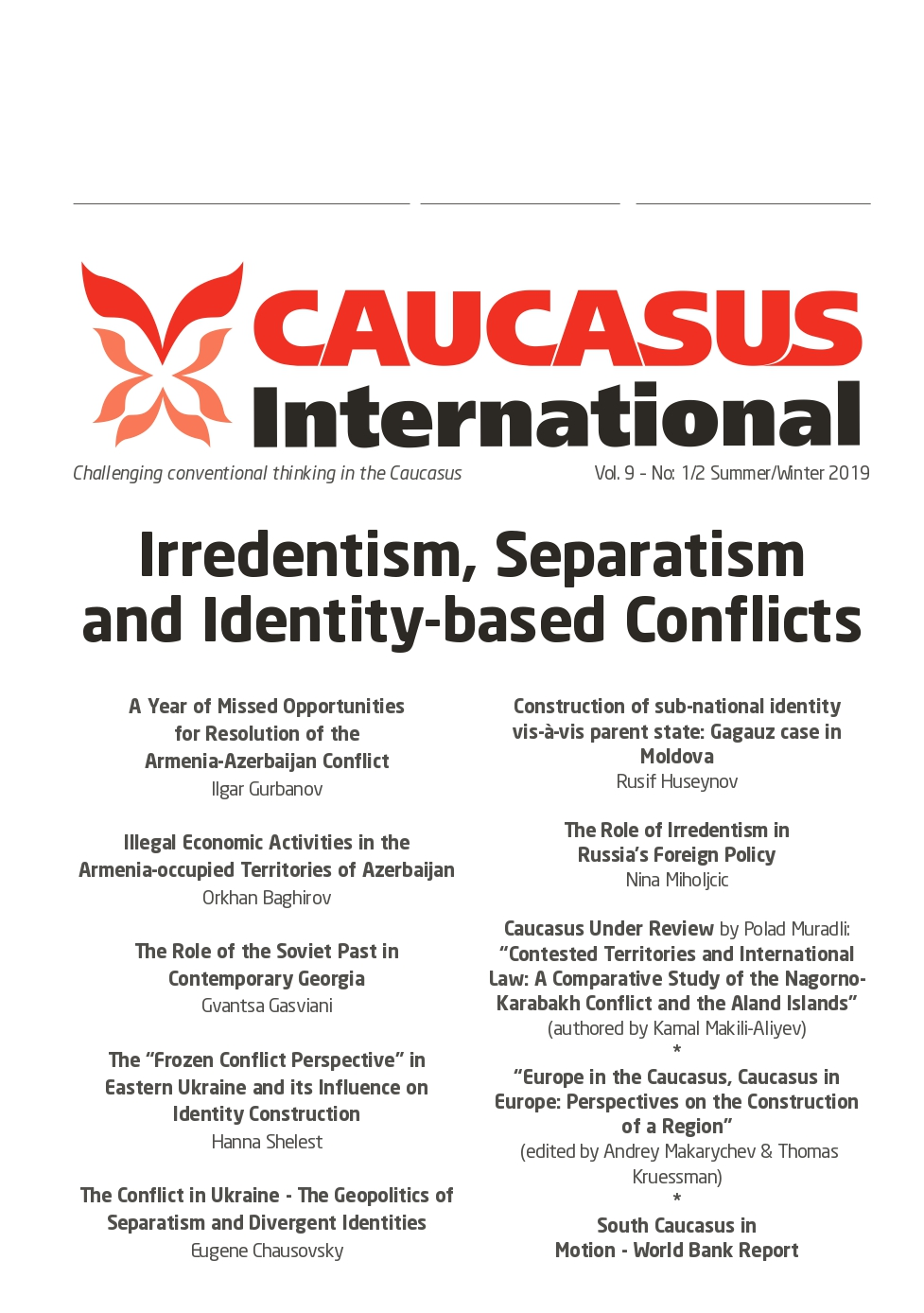A Year of Missed Opportunities for Resolution of the Armenia-Azerbaijan Conflict (Commentary)
The change of regime in Armenia had revived Azerbaijan’s hopes that the new Armenian government would take a more constructive approach toward the settlement process for the Armenia–Azerbaijan (Nagorno-Karabakh) conflict. Albeit the latest talks between Azerbaijan’s and Armenia’s officials promised humanitarian cooperation, the short-term quiet on the frontline and the peace-building process have deteriorated with Armenia’s ceasefire violations and its government’s counter-productive discourse. From Azerbaijan’s perspective, creating an atmosphere of peace and trust-building requires motivating steps such as the withdrawal of Armenian forces from Azerbaijan’s occupied territories. This commentary discusses Armenia’s overreliance on the status-quo, which creates systemic problems for the achievement of a breakthrough in the negotiation process and demonstrates that the process is hampered by their attempts to sustain the occupation through provocative steps.
Nagorno-Karabakh Autonomous Oblast (NKAO), where Azerbaijani (25%) and Armenian (75%) populations lived together before the conflict, and seven surrounding districts of Azerbaijan are under occupation by Armenian armed forces. As a result, the entire Azerbaijani population was expelled from NKAO and the seven districts, creating more than 700,000 IDPs. The United Nations Security Council’s (UNSC) four resolutions (822, 853, 874, 884) – requiring the immediate and unconditional withdrawal of Armenian forces from these territories, condemning the use of force against Azerbaijan, reaffirming Nagorno-Karabakh as an integral part of Azerbaijan, supporting its territorial integrity, sovereignty and the inviolability of its borders, and underlining the inadmissibility of gaining territory by the use of force – have not up to now been fulfilled by Armenia.
Latest news
- 03/17/2020 Call for Submission: “Non-Alignment Movement and Its Perspective in International Affairs”. Deadline: 1 July 2020 2571 views
Popular articles
- 02/24/2020 The Role of Irredentism in Russia’s Foreign Policy 2489 views
- 02/24/2020 Construction of sub-national identity vis-à-vis parent state: Gagauz case in Moldova 2172 views
- 02/24/2020 The Conflict in Ukraine - The Geopolitics of Separatism and Divergent Identities (Commentary) 2028 views
- 02/24/2020 The Role of the Soviet Past in Contemporary Georgia 2003 views





